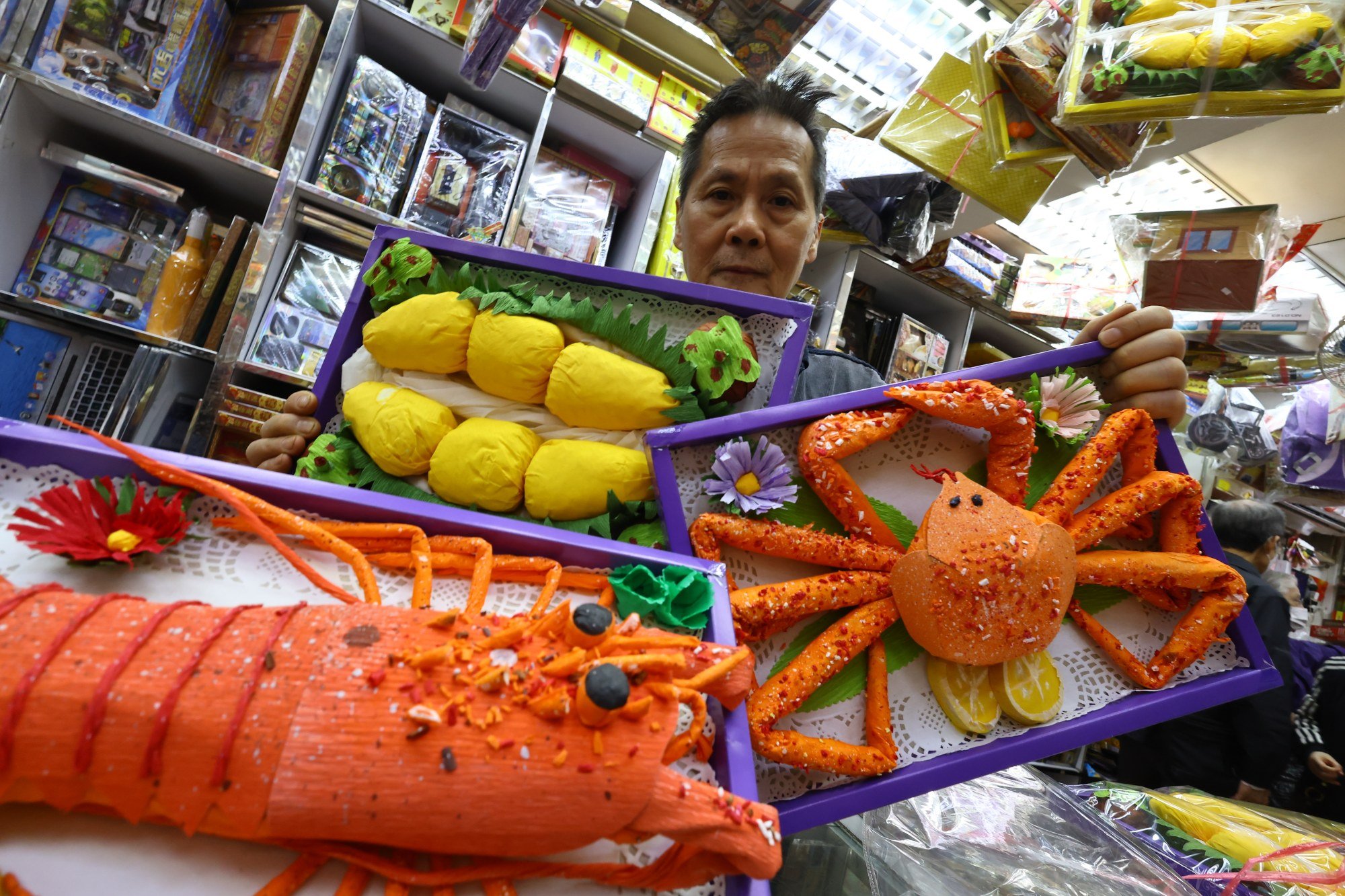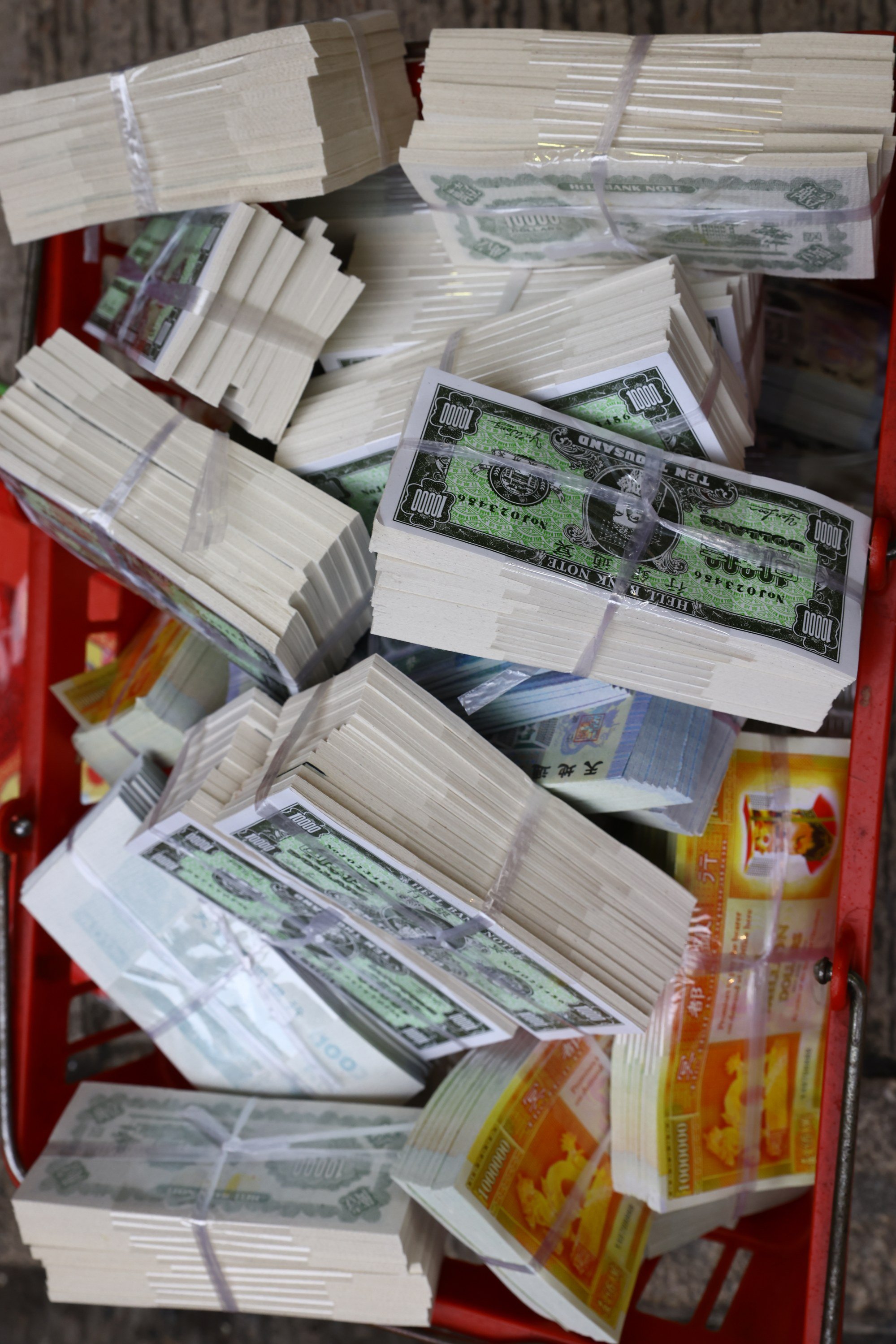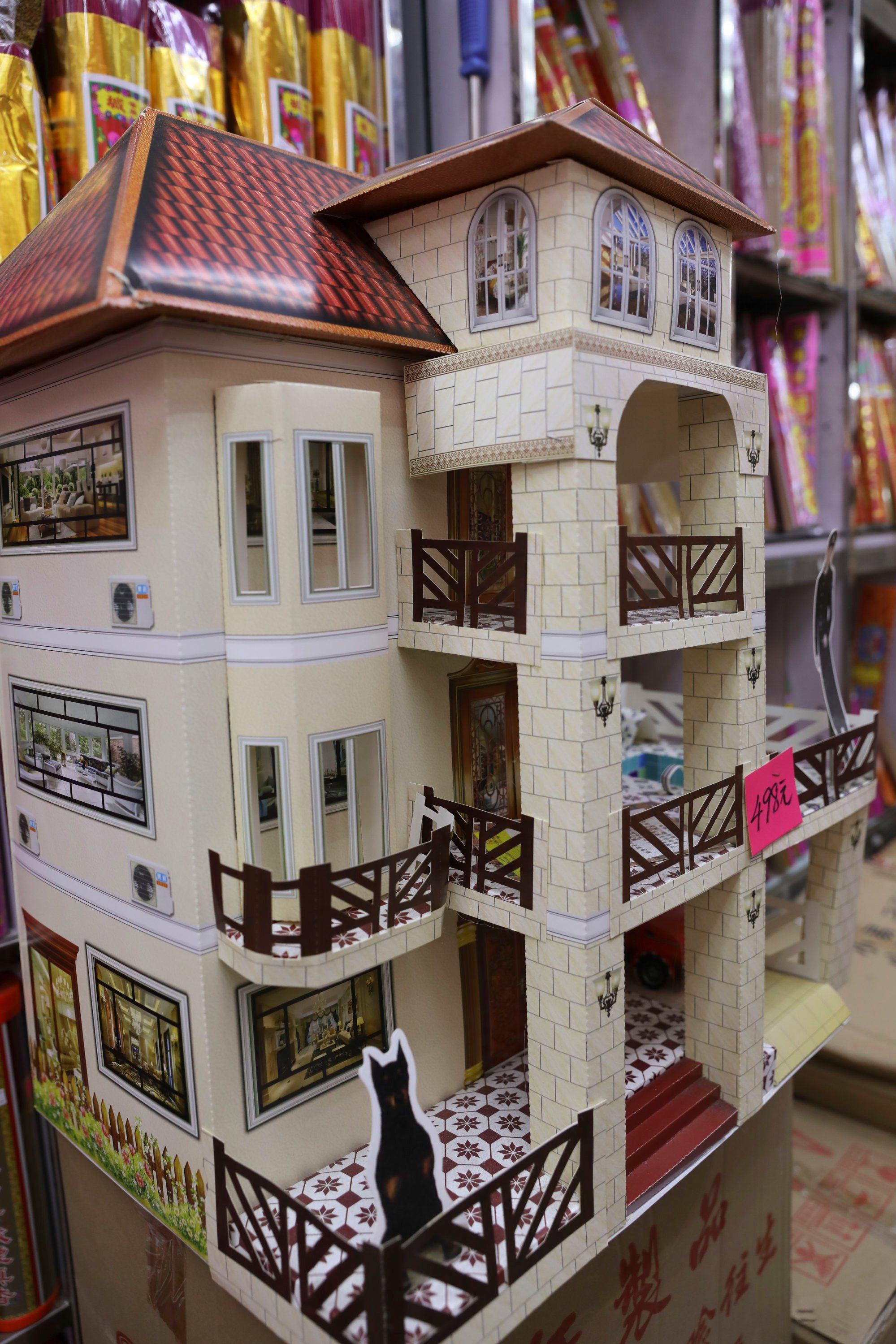
Ching Ming Festival: 5 facts about tomb sweeping day, one of the most important in the Chinese calendar
- At Ching Ming, Chinese families honour the dead by cleaning their tombs and burning paper money and objects useful in the afterlife, such as cars, as offerings
- They use other ways to ward off evil spirits: hanging willow branches, symbols of new life, on doors and gates or weaving wreaths out of them, and flying kites
Ching Ming falls on the 15th day after the spring equinox in the Chinese lunisolar calendar, and is a day for honouring the dead by sweeping their tombs and the burning of paper offerings.
This year Ching Ming falls today. In Hong Kong, it is a public holiday.
Part of the annual ritual of paying homage to the dead is the burning of paper money (joss paper) and paper effigies of material things, from homes and handbags to iPhones and luxury cars; in 2017 a family from the Malaysian island of Penang paid almost US$4,000 for a golden paper Lamborghini sports car.

What else do we know about a festival that, at its heart, helps connect the living with the dead?
1. Coming clean
The living know the importance of a good spring clean, and the same applies for the dead. On this day, people clean the tombs of their loved ones, hence its other name, tomb-sweeping festival.
Engravings are brushed clean and weeds removed. Offerings of food and wine are made to keep ancestors happy, and incense burned.

2. No strings attached
In ancient times people wrote their troubles – an illness, relationship or financial problem – on a piece of paper and attached it to a kite. Once in the air, its string was cut, the kite floating away and leaving only good luck in its wake.
3. Snack time
While not commonly found in Hong Kong, qingtuan – a traditional delicacy – is popular in southern China.
Made with glutinous rice flour mixed with juice from the medicinal mugwort plant, it is stuffed with sweet bean paste and is best served cold.

Originally given as an offering, the shiny round snack, also known as a green rice ball, gives off major mochi vibes.
4. Tea time
Tea plays a key role in Chinese culture, and tea made from leaves picked before Ching Ming is considered premium. This is known as spring tea, and also “pre-Qingming tea”. It is the most coveted tea because the new buds and leaves, well rested after winter, are extra soft, sweet and rich in nutrients.

5. A wreath of willow
Ching Ming is all about warding off evil spirits. Burning joss paper is sometimes not enough. For extra protection, people are known to make a wreath out of willow branches, which are believed to symbolise new life.
Willow branches are placed on front gates and doors for extra protection against unwelcome ghosts.

